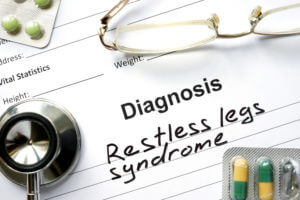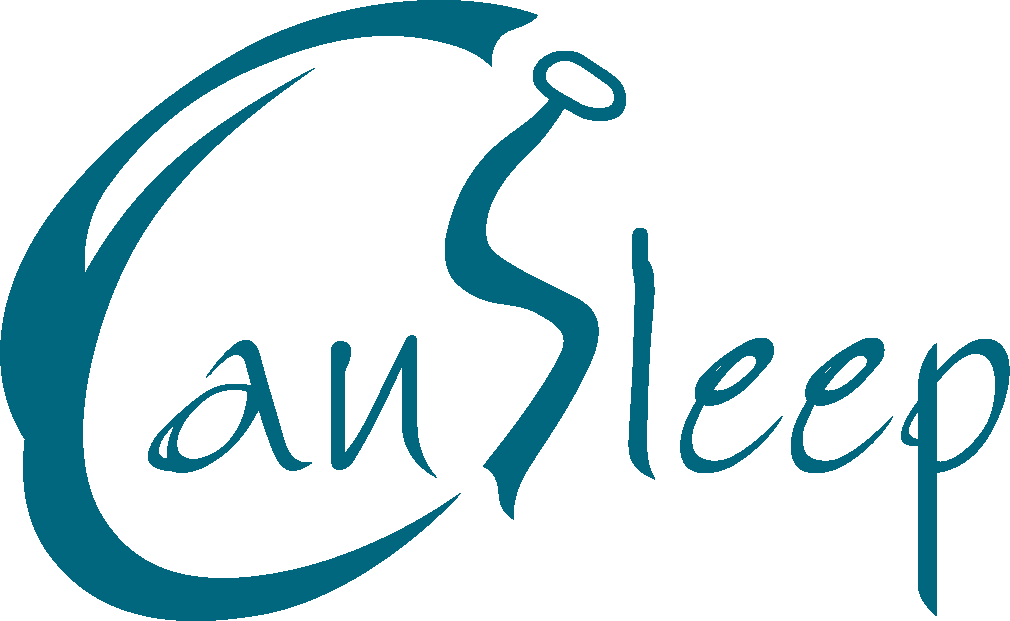Restless Leg Syndrome & Periodic Limb Movement Disorder
May. 17, 2016
Did you know: 1 out of 10 adults has restless leg syndrome (RLS) or/and periodic limb movement disorder (PLMD)? 80% of those with RLS also have PLMD, meaning their limb movements make it hard to fall and stay asleep, however, those with PLMD are not more likely to have RLS? Both disorders occur more frequently in women and in people over 65? To learn more about these disorders and how to get diagnosed and treated, read this blog.
RLS is a neurological syndrome which causes a “creepy-crawly” feeling and sometimes painful sensations in the legs, resulting in the uncontrollable urge to move them. This usually occurs within 15 minutes of lying or sitting down, and can also affect the arms, torso or even a phantom (amputated) limb. As a result of restless leg syndrome, people have difficulties falling asleep. On the other hand, as a result of periodic limb movement disorder, people wake up repeatedly throughout the night. It Causes an involuntary kicking or jerking movement of legs or arms while asleep. It also kicks people out of deep stages of sleep and they may not be aware of constant awakenings.
The primary cause of both disorders is unknown. However research suggests that some medications, such as antidepressants can cause PLMD. RLS may be genetic and it could develop or get worse during pregnancy. Both PLMD and RLS can be brought on by low levels of iron or sleep apnea.
RLS is not diagnosed through a specific test. PLMD is diagnosed by a polysomnogram (PSG), the same overnight sleep lab test that can diagnose sleep apnea and other sleep disorders by monitoring vital signs and movement while sleeping.
There is no cure for restless leg syndrome but Treatment options to reduce or even eliminate its symptoms are: taking prescribed pain medication; cutting back on caffeine, alcohol and tobacco products; exercising; massaging legs and/or taking hot baths before bed may help reduce symptoms. Most importantly treating other medical conditions such as mineral deficiency; kidney, thyroid or Parkinson’s disease; neuropathy; sleep apnea; diabetes or varicose veins could relieve RLS symptoms. PLMD also has no cure but certain very powerful medications such as medications used to treat Parkinson’s disease is usually used to reduce the symptoms.
Keep in mind that certain medications may affect your sleep apnea symptoms. If your apneas (AHI) increase after taking an RLS or PLMD medication or any other drug/supplement, contact your clinician at Cansleep and physician right away.
By Bahareh Ezzati (BSc, CPhT, RRT)






